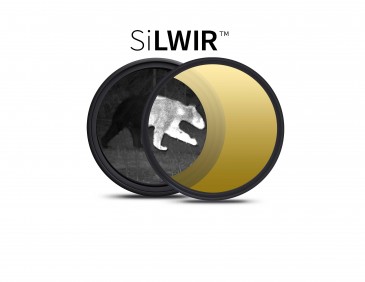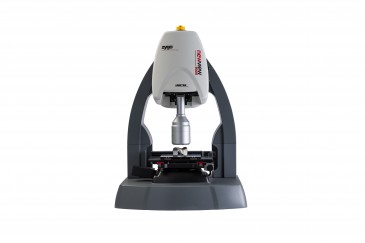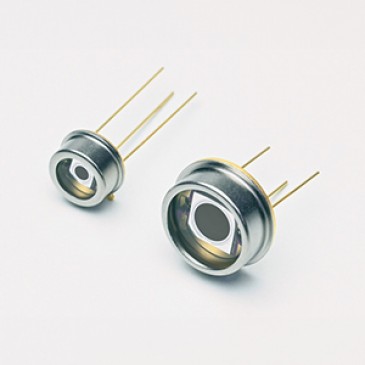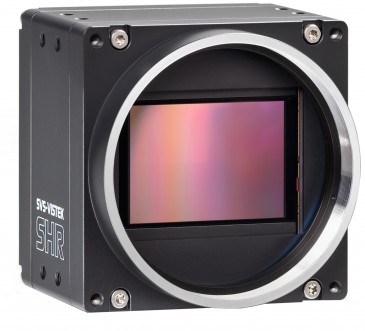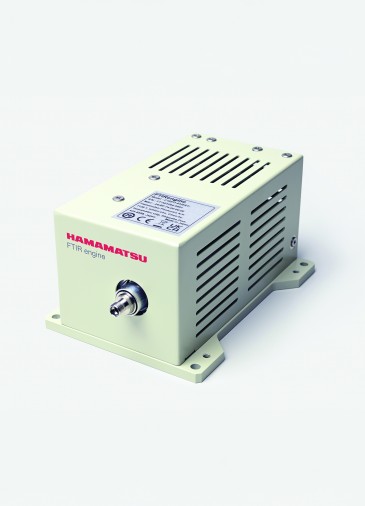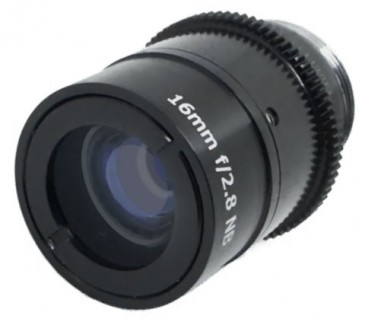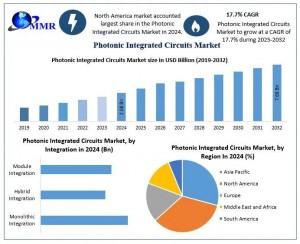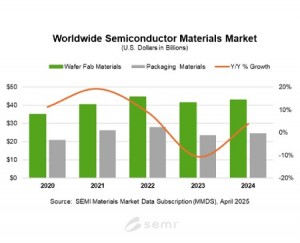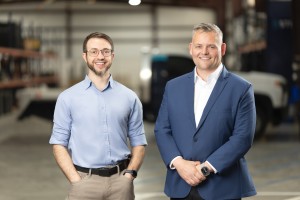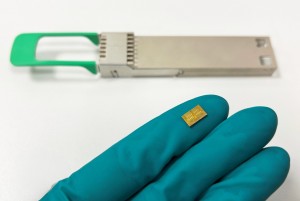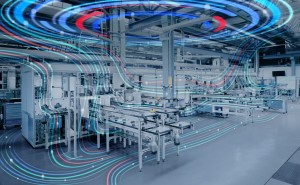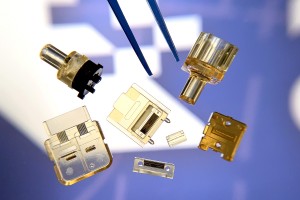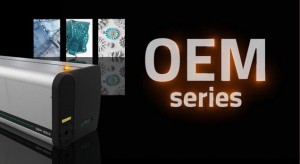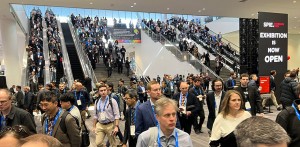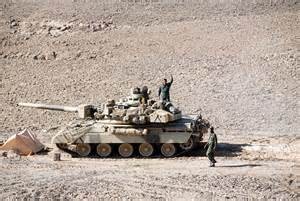
Choosing sensor technology is fundamental in designing cameras for soldiers in the field. It can be difficult to compare the merits of cameras using different sensor technologies using only the specifications typically provided by the manufacturers. The Noise Equivalent Irradiance (NEI) provides a normalized and unique parameter allowing a direct comparison. It is also fairly simple to calculate from the commercial specifications for a given wavelength and exposure time of interest. In this three-part series we will compare the merits between typical CCD, EMCCD, CMOS and InGaAs FPA cameras.
Many variables should be considered when designing cameras for use by soldiers in the field. Purpose, functionality and SWaP (size, weight and power) are the main factors. Assuming the cameras will be small, lightweight and low power instruments, the most important factor is function. There are many uses for cameras in the field including night or low light vision, seeing through fog, rain, haze, dirty battlefield vision, C spot (laser detection) and seeing beacons or tags for covert tagging, tracking, and locating. In addition the quality of image is also a major consideration. Both of these variables require choosing the optimum sensor technology.
Performance parameters and tradeoffs
Before considering the expense of integrating a camera, the first step is usually to evaluate how it will perform. The capacity of a camera to detect light is determined by the following parameters:
- Quantum efficiency
- Pixel size
- Full well capacity in electrons
- Exposure time or frame rate
- Readout noise per pixel
- Dark current per pixel per second
Essentially the higher the quantum efficiency (the probability for a photon of a given wavelength to produce a pair electron/hole), the larger the pixel size, the longer the exposure time, and the bigger the pixel well depth, the more signal can be gathered.
On the other hand, the lower the readout and dark current noise, then the smaller the detection threshold will be. Finally, the dynamic range within a single exposure will depend on the pixel full well capacity and detection threshold.
In theory, an ideal detector would be able to count the exact position and timing of every single photon to offer perfect image quality. In practice, one must balance sometimes conflicting parameters varying for different sensor types:
- Quantum efficiency, suffers no tradeoffs. The higher it is over the larger spectral range the better.
- Pixel size and full well capacity; smaller pixel result in higher spatial resolution at the expense of sensitivity and full well capacity.
- Exposure time and frame rate are linked to the readout noise and dark current. Higher frame rate is desirable to have a high temporal resolution; however, with high frame rate readout noise can increase. Similarly, if temporal resolution is irrelevant, then long exposure times are desirable, but in this case, the dark current will increase correspondingly.
Each application has its own set of compromises, for example for hyper spectral imaging the camera characteristics translates as follows:
- Quantum efficiency combines to the grating efficiency of the spectrometer to give a total spectral range and efficiency of the instrument.
- Pixel size translates into spectral resolution according to the spectral dispersion.
- Exposure time or frame rate, translate into spatial resolution according to the scanning speed.
The choice of a suitable camera for hyper spectral imaging is therefore often driven mostly by these three parameters.
In the next article on cameras for military use "Camera Sensors for Military Use: Sensor technologies" we will introduce the particularities of CCD, EMCCD and CMOS silicon based detectors as well as determining Noise Equivalent Power (NEP) to be able to choose the best performance for specific applications.
Written by By Jean-Edouard Communal, Sales Manager at Raptor Photonics Ltd.
Read the full Camera Sensors for Military Use Series here:
Camera Sensors for Military Use: Design Fundamentals


































 Back to Features
Back to Features